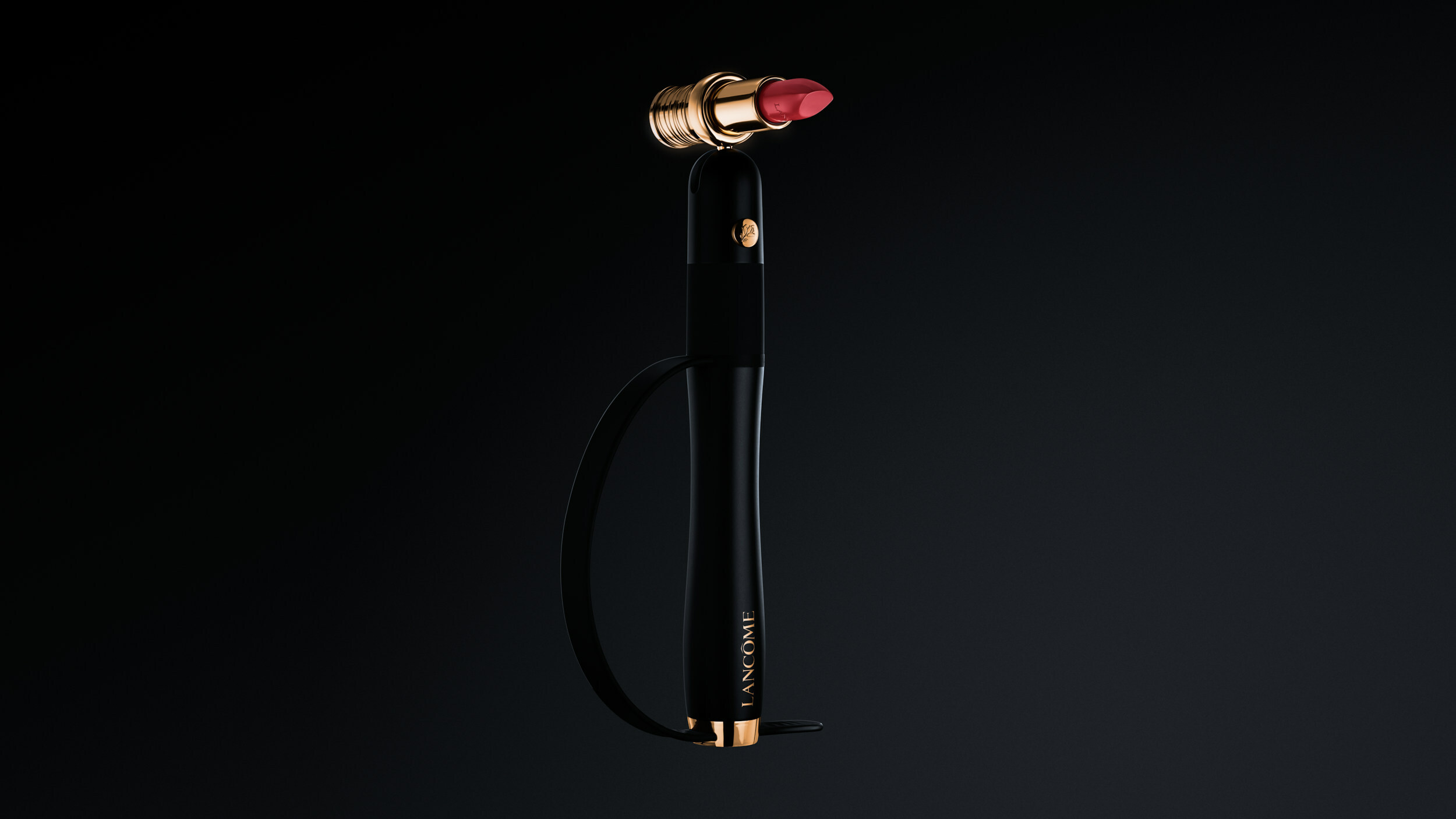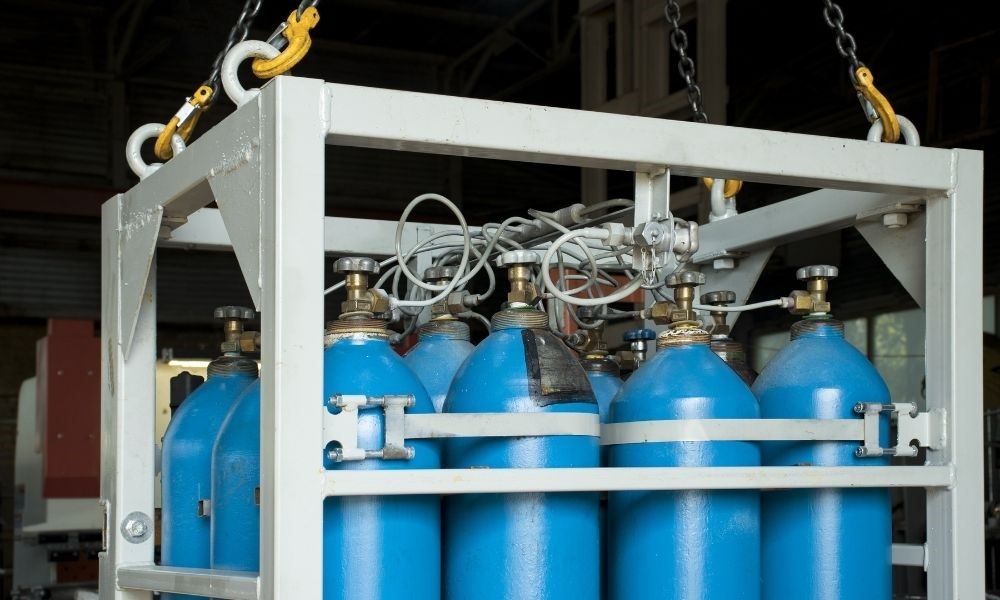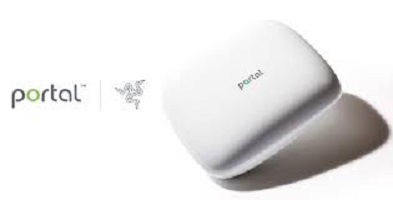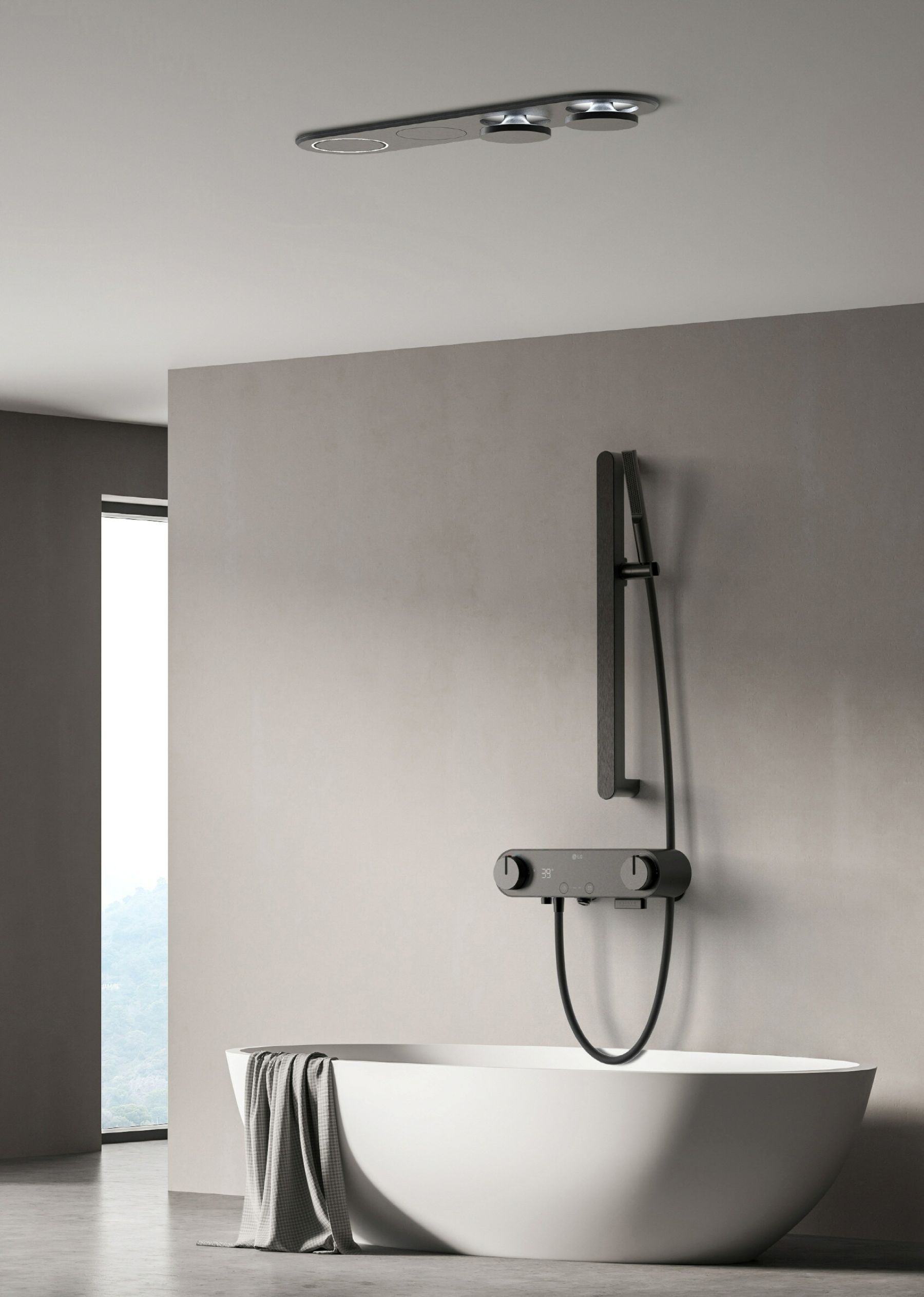How To Enhance Medical Device Biocompatibility
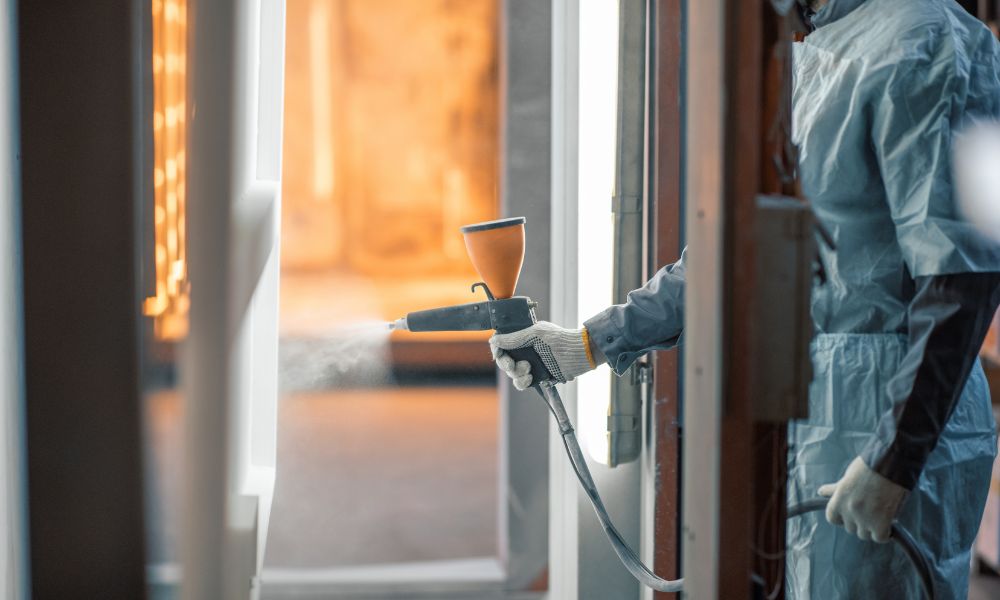
Like organ transplants, your body can sometimes reject an implanted apparatus. This reaction occurs when a component from the implant interacts negatively with organic elements found throughout the host body. Read on to learn how companies enhance medical device biocompatibility and the importance of driving further innovation.
Powder Coatings
Powder coatings are a highly versatile product used in a plethora of industries to reinforce and protect different metal surfaces from contamination, atmospheric corrosion, surface oxidation, and normal wear and tear. Manufacturers in the aerospace, automotive, and defense sectors all implement powder coating services into their production processes.
Notably, medical devices sometimes receive powder coating procedures to cover a potentially toxic metal material with an indelible, biocompatible “second skin.” They apply special resin mixtures to raw metal surfaces, ensuring a cleaner and less reactive device overall. Aside from the specific material used, the surface texture of your powder coating significantly impacts biocompatibility. Regarding the different powder coating textures, the most biocompatible surface for medical devices is flat. A flat surface is far easier to clean and maintain.
Patient Considerations
The biocompatibility of a given medical device depends entirely on the patient receiving said equipment. Human host bodies feature many elements and components with the potential to interact negatively with implanted devices. These elements include water, oxygen, inorganic ions, cellular organelles and structures (membranes, proteins, and lipids), and various tissues located throughout the body.
Many genetic factors are also in play, such as patient allergies, immune system response behaviors, pre-existing health complications, and more. As such, doctors must work with each patient to find suitable medical device solutions that are biocompatible with their specific bodies. This process may entail updating certain medical device components before introducing them to the patient or opting for medication treatments instead of an implant.
Increased Product Research & Testing
The best way to improve medical device technology—specifically biocompatibility—is through further testing and research. US spending on medical device product testing is typically around 5% of the total national health expenditures. Unfortunately, the number itself is currently trending down, meaning fewer technological advancements overall.
As such, medical device manufacturers themselves are ethically responsible for increasing their testing capabilities to ensure more biocompatible products for the general public. Through further development of these implants, medical devices can become increasingly biocompatible for more patients.
Learning how to enhance medical device biocompatibility is important for implant manufacturers, healthcare providers, and patients themselves. Ultimately, public concern and understanding over the quality of our medical instruments and tools will drive innovations and improvements.

